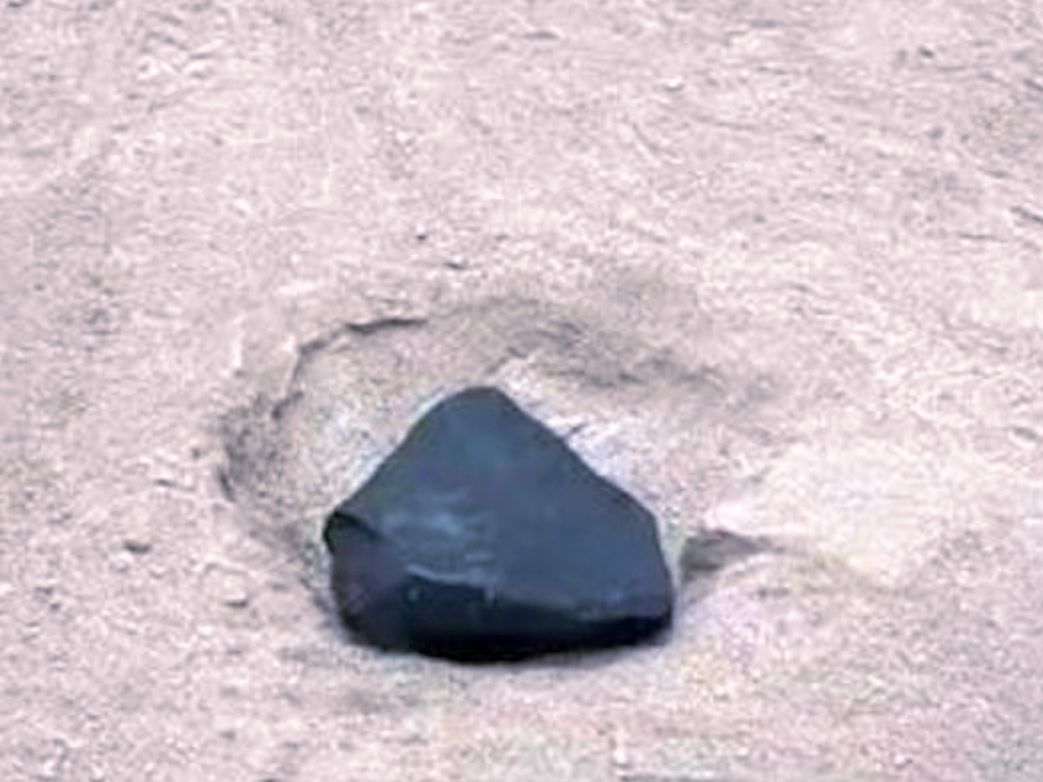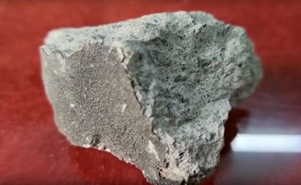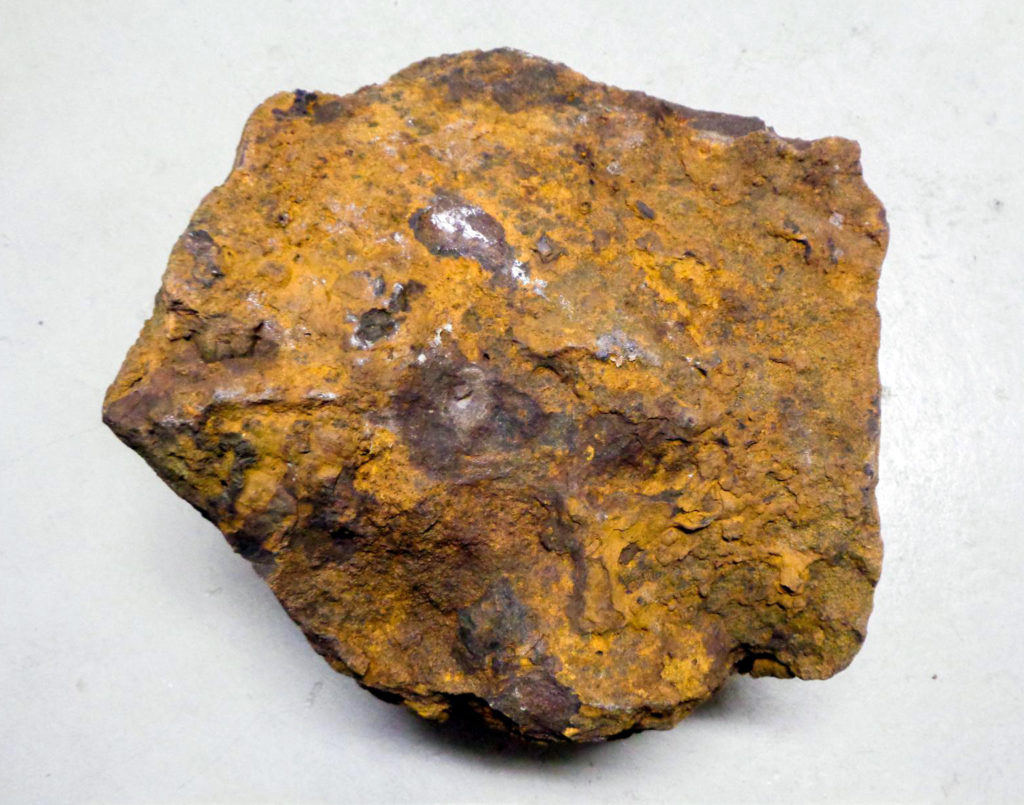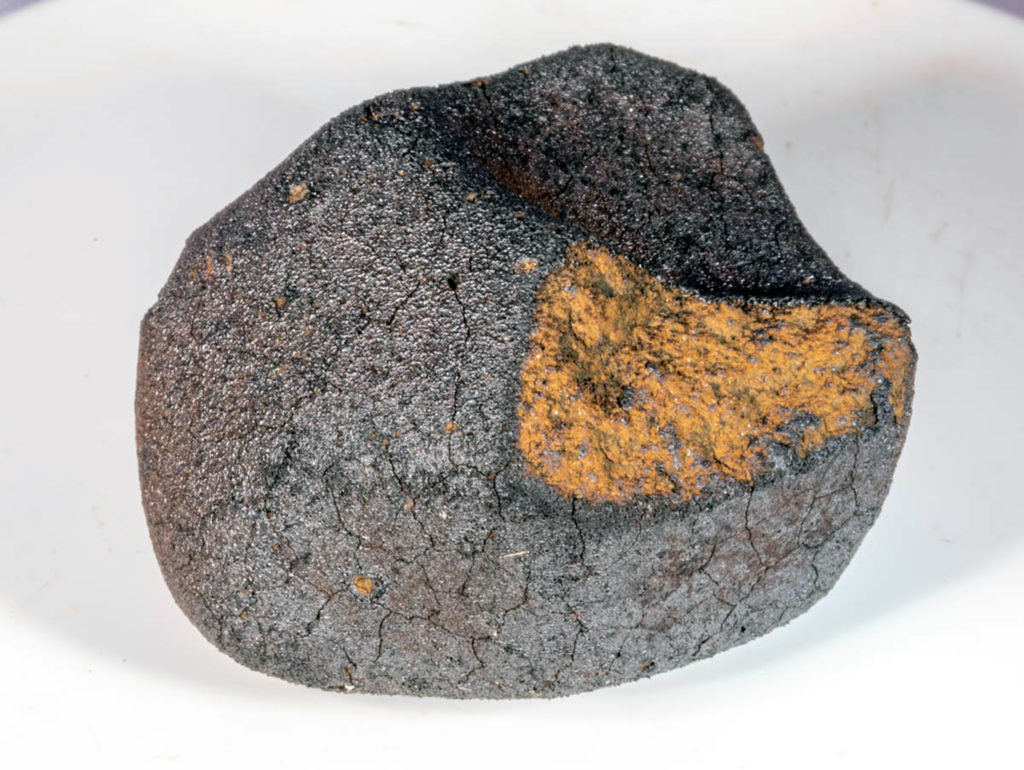Impact-driven oxidation of organics explains chondrite shock metamorphism dichotomyOPEN ACCESS
Kosuke Kurosawa, Gareth S. Collins, Thomas M. Davison, Takaya Okamoto, Ko Ishibashi & Takafumi Matsui
Nature Communications, Volume 16, Article number: 3608
LINK (OPEN ACCESS)
PDF (OPEN ACCESS)
“Shocked meteorites can be used to probe the dynamics of the early Solar system. Carbonaceous chondrites are less shocked than ordinary chondrites, regardless of the degree of aqueous alteration. Here, we show that this shock metamorphic dichotomy is a consequence of impact-driven oxidation of organics that are abundant in carbonaceous but not ordinary chondrites. Impact experiments at 3–7 km s−1 using analogs of chondrite matrices reveal evidence of local heating in the matrix up to ~2000 K. Impacts on carbonaceous asteroids cause explosive release of CO and/or CO2, which can efficiently remove evidence of shock. We show that highly shocked materials are lost to space from typical-sized chondrite parent bodies (~100 km in diameter), but are retained on the largest known carbonaceous asteroid, namely, (1) Ceres, due to its stronger gravity. Ceres’ surface is thus a witness plate for the ancient impact environment of carbonaceous chondrite parent bodies.”
































